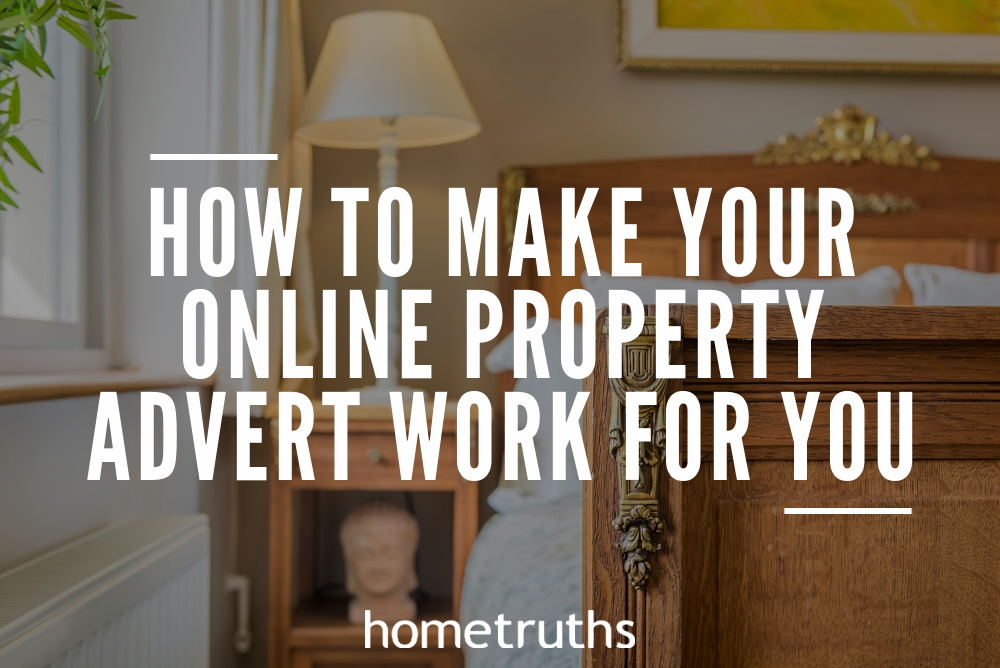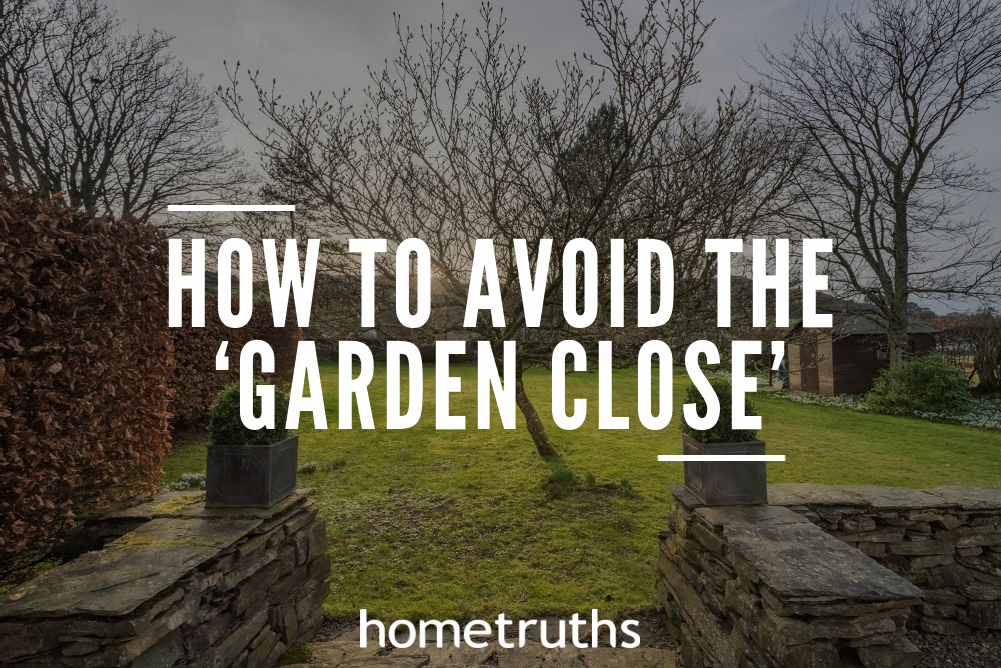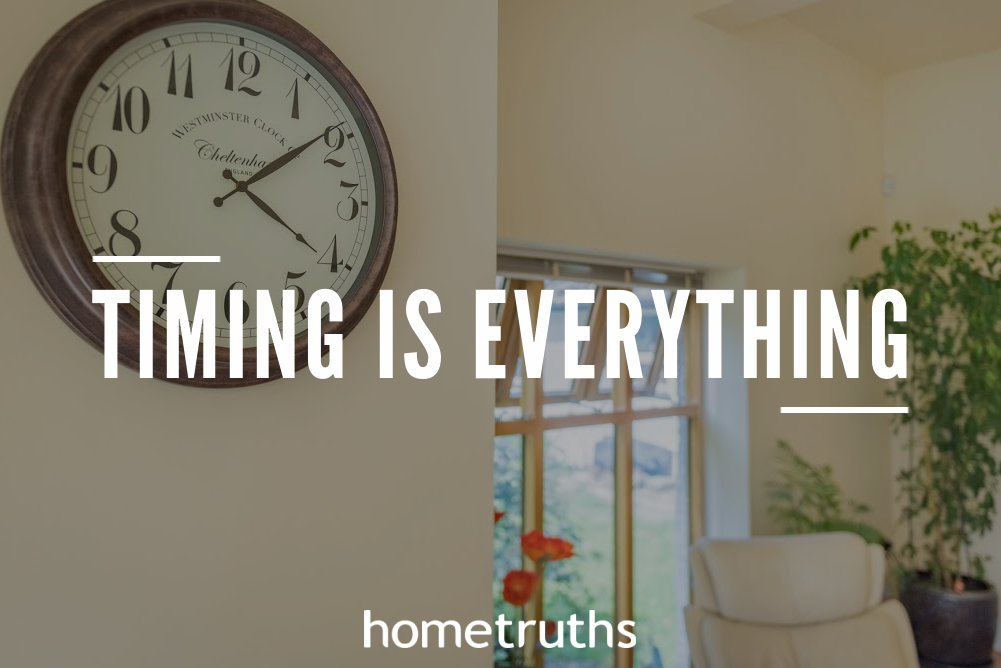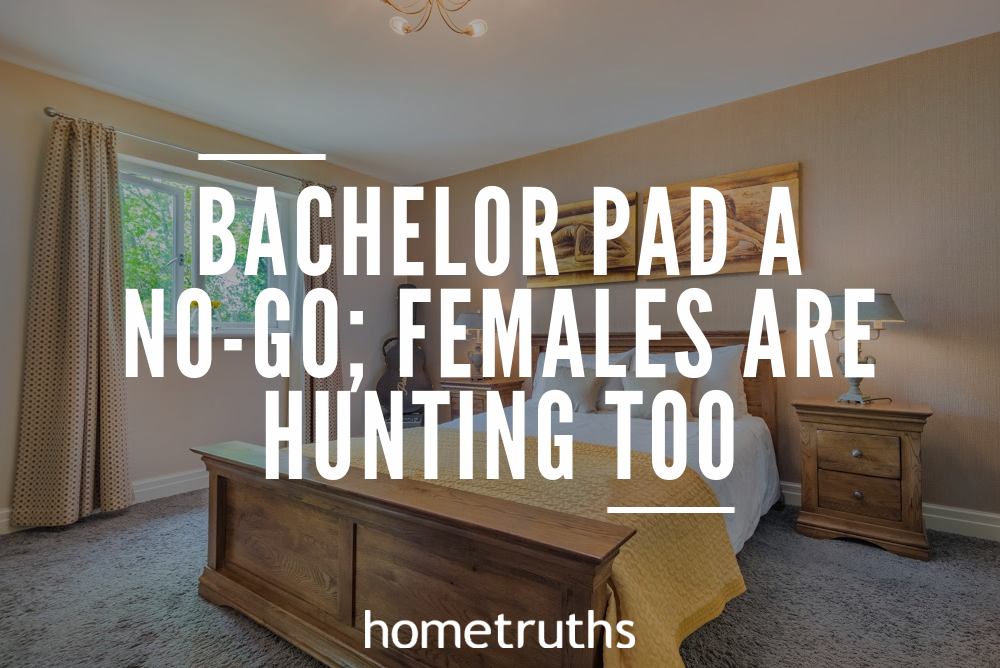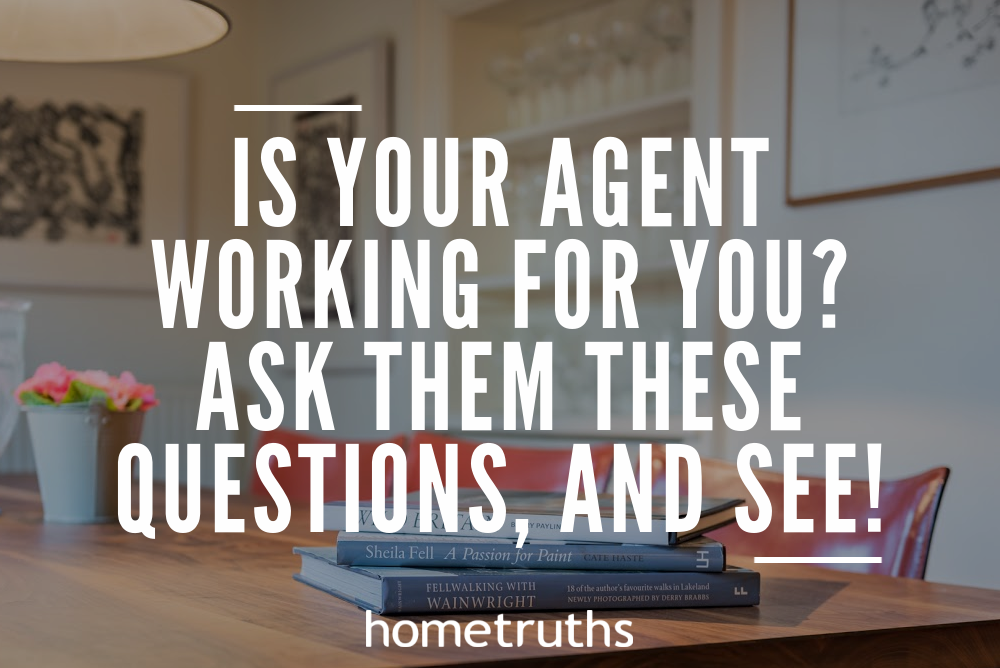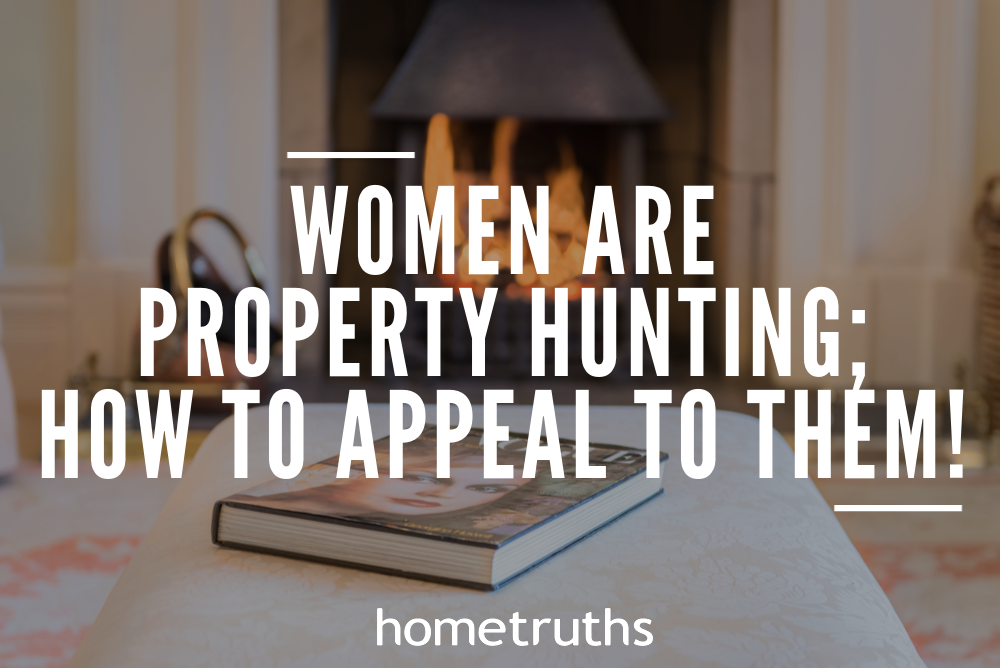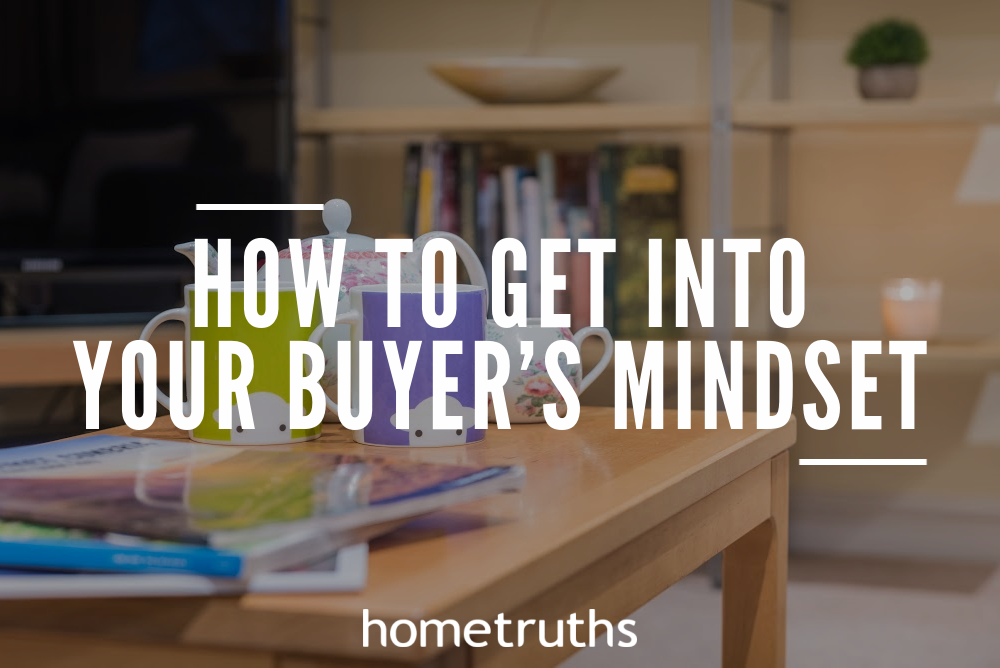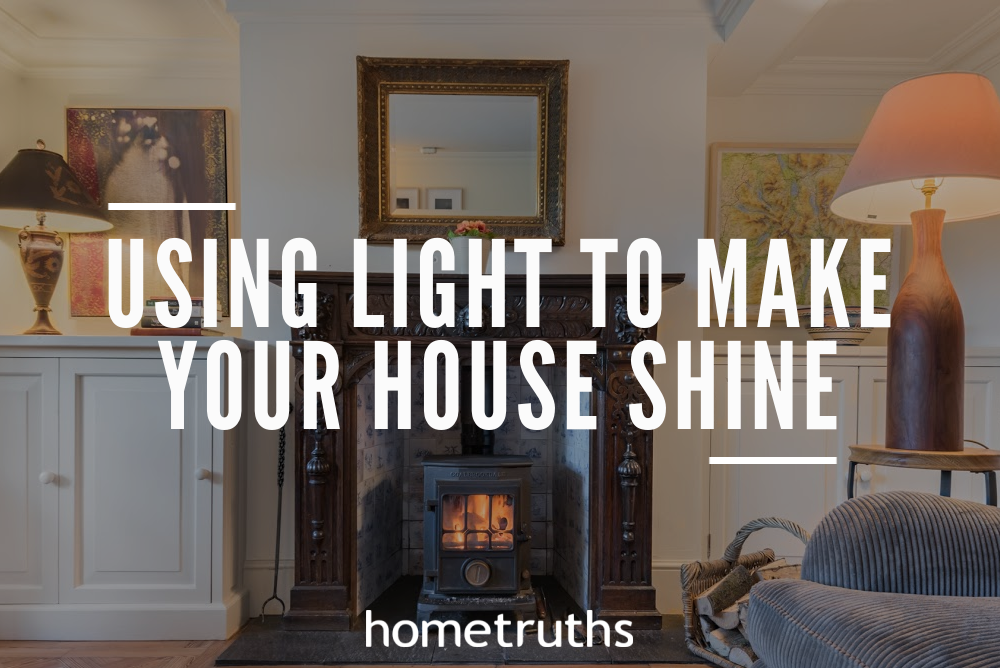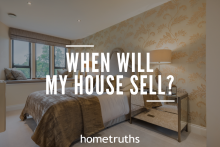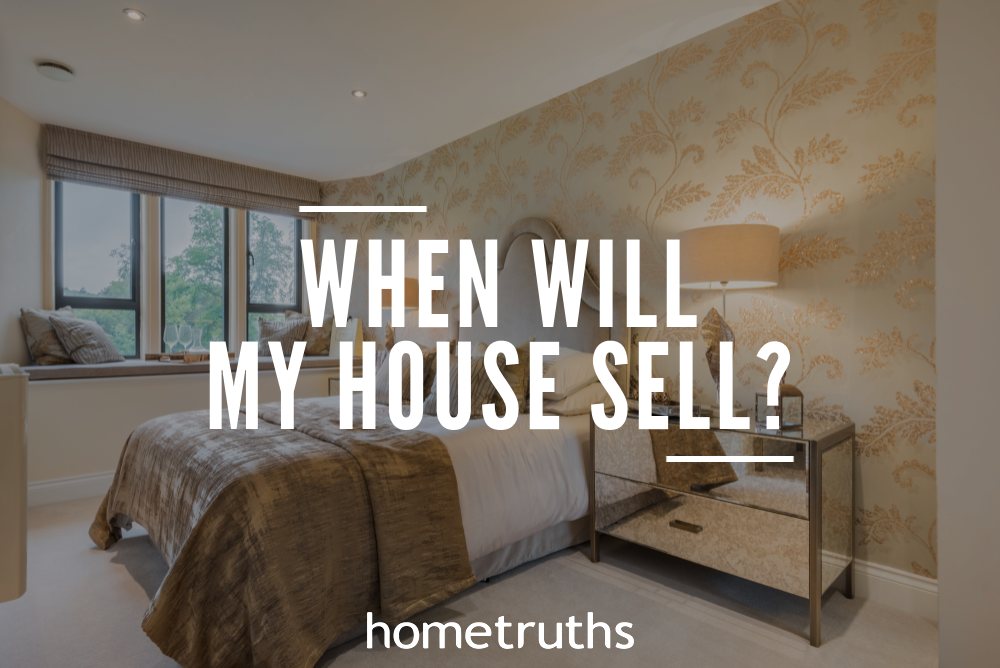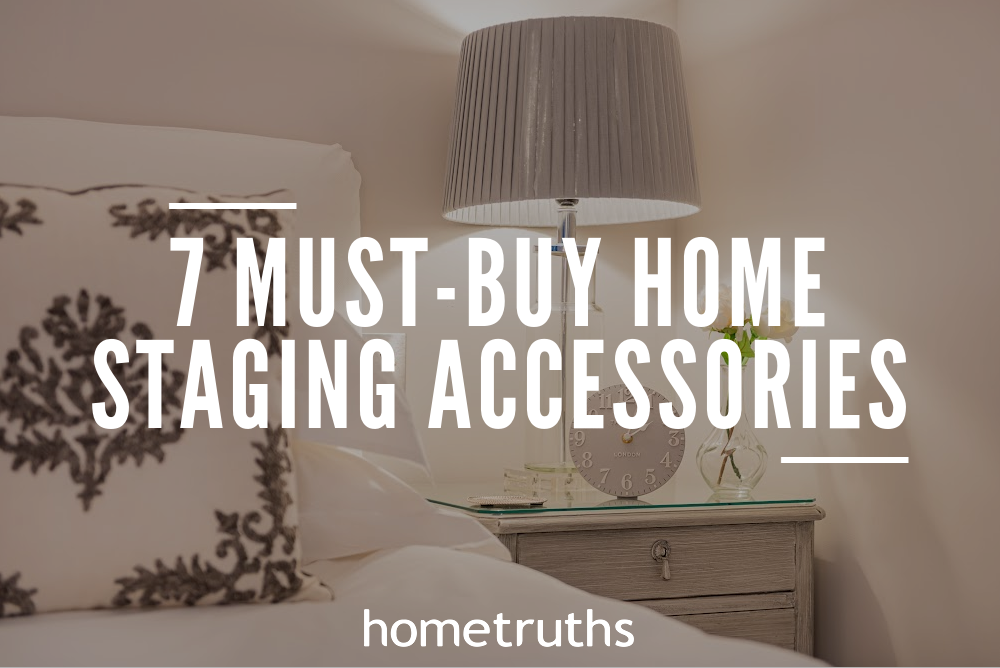
So you’ve chosen your estate agent, decided upon an asking price, and planned your launch date. Your home is looking wonderful: carpets cleaned, and the whole house spring-cleaned. All that remains is some finishing touches. But what accessories represent the best investment when you’re trying to give your house that extra presentation polish to wow your buyers?
1. Cushions – a really easy way to instantly update that fading suite and add colour, texture and interest at the same time.

2. Rugs – a large, deep rug can transform a room, adding warmth and style. You don’t have to spend a fortune on them; decide on a budget and stick to it. You should be able to get a large rug, say 8’ x 4’, for under £150 if you shop around.

3. Fruit and flowers – try big glass bowls or wide vases of fruit in the kitchen to add colour; fill full of just one type of fruit (oranges, green apples or lemons look wonderful) for instant contemporary style. Make sure flower arrangements are in keeping with the style of the house and also the room: long elegant Cala lilies are great on a large dining table, and little hand-tied posies are just right for a rustic kitchen. Choose carefully for maximum effect.

4. Toiletries – choose the very best you can afford here; it matters: a little Molton Brown goes a long way! Again, make sure that they are kept for viewings only.

5. New bedding – especially for the master bedroom, where it matters most to your buyers. Choose a subtle style that isn’t too garish or flowery, and add some cushions and a good quality throw. For the other bedrooms, adding new plain bedding with some tasteful cushions and throws can update them inexpensively.

6. Towels – used towels never quite look the same as brand new ones; treat your home to some gorgeous new towels, and make sure that no one uses them – they’re just for show! Whip them away and hide them after each viewing so they stay looking their best.

7. Atmosphere – in the form of soft music and gentle fragrances. Choose soothing background music to encourage buyers to linger, and scented candles in subtle fragrances to provide the finishing touch.

Where to buy:
To stay up to date with current trends, colours and styles without breaking the bank, try these high street retailers:
Next – great range of coordinated soft furnishings and home accessories at value-for-money prices.
Marks and Spencer – usually a little more traditional, so better for older homes in the main.
John Lewis – my favourite, but the more expensive of my suggestions. Great for sumptuous fabrics and decorative touches.
Matalan – not the best quality, but you definitely get a lot for your money! Right on trend, and full of bargain pieces like vases and ornaments. Well worth a visit.
House to Home – great online website for sourcing all the things you’ll need, and finding inspiration too
eBay – A fantastic resource for homewares, both new and second hand. You can search by item, size, colour, shape, you name it. I once furnished almost an entire house for sale from eBay, and saved a fortune. Try it!
If you’d like my help to sell your home more effectively, please answer a few short questions here and if I think I can help you, I’ll be in touch.



